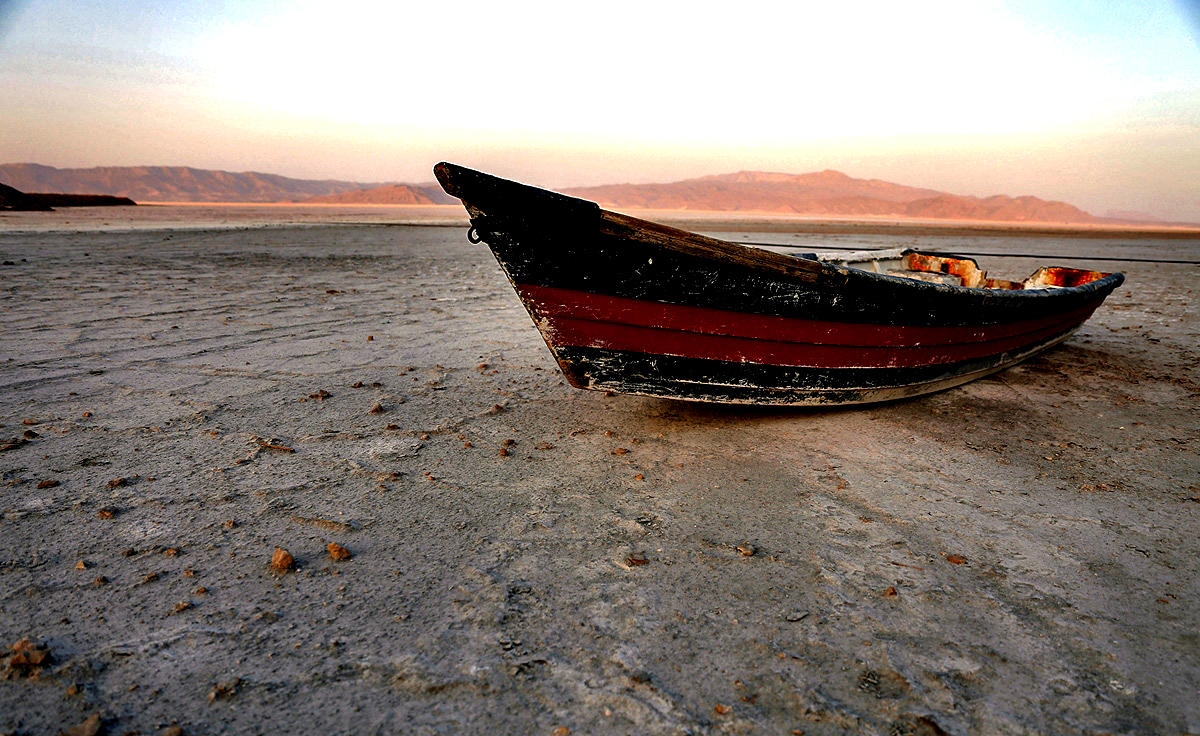A common misconception in Iran is that if the country experiences above-average snow and rainfall in winter, the following summer will be devoid of water problems.
In truth, the multitude of factors affecting Iran’s water supplies means that it takes a lot more than a slight increase in precipitation to ease the chronic water shortage.
Desertification, climate change, illegal water wells, wasteful farming practices, water-intensive industries in arid regions and injudicious use of water in households are but a few factors that have a far greater impact on the availability of water resources than the odd increase in rainfall.
In the water year that started in September 2014, annual precipitation dropped by 15-50% in various parts of the country, prompting water officials to warn that unless Iranians curbed their water use, water rationing in the hot summer season would become inevitable.
Thankfully, that did not come to pass and the increase in rainfall in the current water year (started September 2015) raised hopes among Iranians that they may not have to worry about water problems this summer.
However, in addition to the factors mentioned earlier, this summer is expected to be between 0.5 and 1.5 degree Celsius warmer than average. In other words, Iran has to be even more concerned about its water use for at least the next few months.
According to officials, 301 cities will grapple with varying degrees of water shortage this summer, with Shiraz, Isfahan, Kerman and Bushehr expected to suffer the most.
While the government has pledged measures to mitigate the impacts of water shortage, in view of its past record, it is highly unlikely that they will be of any significant help this year.
What’s Being Done?
Located in the arid Fars Province, Shiraz is all too familiar with lack of water. Work is underway to lay down a second pipeline to transfer water from Doroudzan Dam on Kor River to the metropolis, which is home to 1.8 million people.
The catch is that the project will be completed by March 2018, meaning it will not help the denizens of the historical city this year or the next. Add to that the city’s growing population, increased development and the plethora of illegal wells and it becomes clear that Shiraz has its work cut out.
In the neighboring Isfahan Province lies the provincial capital Isfahan which, thanks to the presence of Isfahan Steel Company, has always had a problem with water shortage. In fact, the water-intensive practice of steel production has not only caused problems for the residents of Isfahan, but also Yazd Province to the north.
Authorities are planning to upgrade infrastructure to allow them to better monitor water pressure and use. When that will happen, however, is unclear.
To the east lies Kerman Province famous for growing pistachios and hosting the hottest place on earth, the Shahdad Desert. Work is being done on the transfer of water from Safa Dam to Kerman City, which serves as the province’s capital. However, just like the water transfer project in Fars Province, this scheme is due for completion in March 2018.
Bushehr Province, in southwestern Iran, is building desalination plants to cope with the water crisis. More than 90% of the province’s water are supplied from neighboring provinces, but dwindling water resources in those regions means they cannot sustain a steady supply of water to Bushehr.
A desalination plant capable of supplying 35,000 cubic meters of water every day is being built in the provincial capital Bushehr.
Water from the Persian Gulf will be siphoned to the plant, which is expected to be complete by September—when summer ends.
High Water Consumption
According to the World Health Organization, every person must use 150 liters of water daily to meet all their needs, such as hygiene and food.
This is while the average per capita water use in Iran is between 197 and 200 liters, with household consumption accounting for 157 liters—seven liters above the WHO standard.
In warmer months, individual consumption in metropolises such as Tehran frequently exceeds 250 liters a day, which is catastrophic, as Iran is located in the world’s most water-stressed region (Middle East and North Africa).
Rain water harvesting, promoting modern irrigation techniques (especially in the agro sector that guzzles more than 90% of the country’s water resources), recycling wastewater, separating potable water from wastewater and implementation of watershed plans are among measures recommended by experts to help conserve water.
Environmentalists, social scientists and the cross-section of academia and media have for years appealed to the masses to cut water consumption and called on officials to undertake efficient reforms, to no avail.
There is a strong consensus that if water consumption patterns do not change in the near future, many parts of the country will turn into barren desert while entire towns and villages will become uninhabitable.


